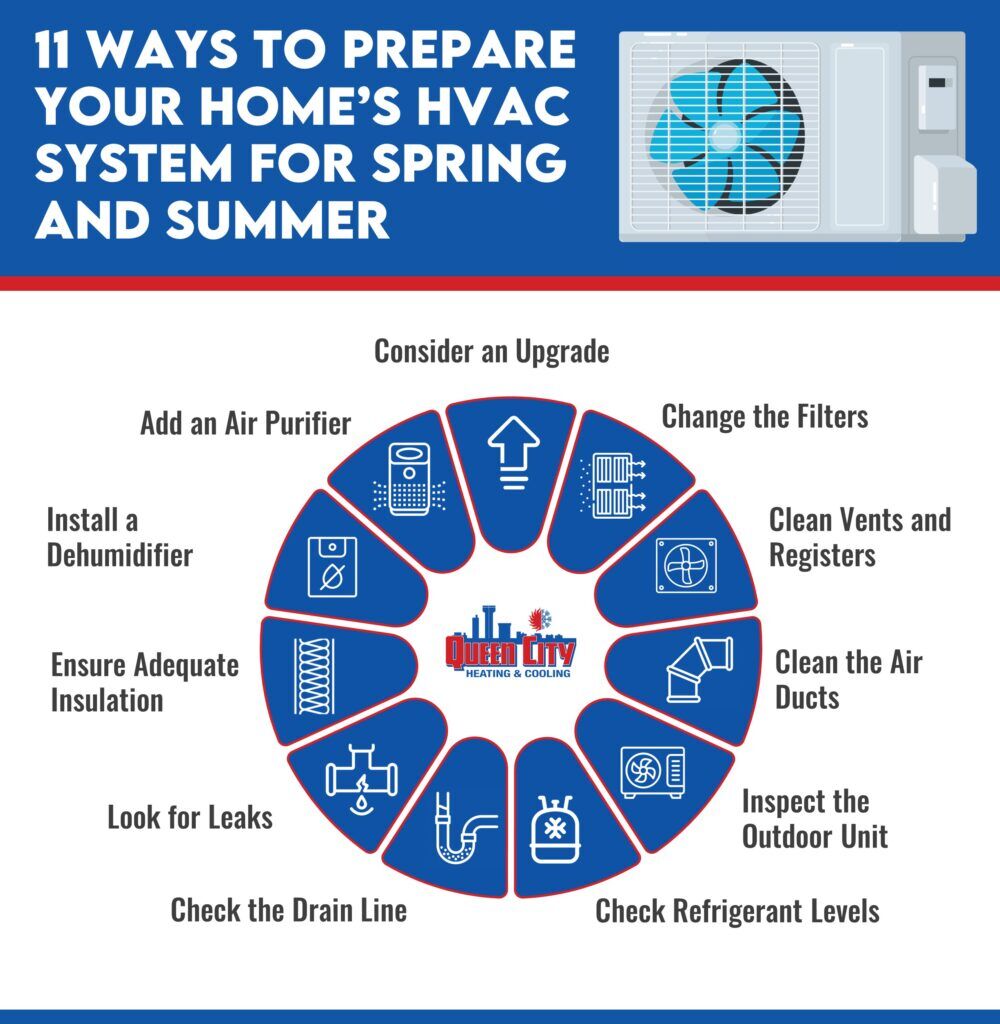Our 1 Source Portable Air Statements
Our 1 Source Portable Air Statements
Blog Article
The Basic Principles Of 1 Source Portable Air
Table of ContentsFacts About 1 Source Portable Air UncoveredSee This Report about 1 Source Portable AirThe Basic Principles Of 1 Source Portable Air See This Report about 1 Source Portable AirLittle Known Questions About 1 Source Portable Air.
Although recommendations might seem challenging to track, there are means to identify them quickly and efficiently. On social media, lots of people offer referrals about cooling and heating professionals that are dependable and expert during an cooling installment, repair or upkeep job. Given that other customers can make remarks, the process of identifying whether or not a business is worth going after is never ever a trouble. Ask if any of them have actually had current heating and cooling work done and whether their experience was acceptable. Lots of locals experience delays when air conditioner solutions are needed during time-sensitive scenarios. This is why each heating and cooling business's terms and policies have to be thought about to make sure that the specialists will commute to the area or neighborhood where services are required.
An organization that has actually built a strong reputation generally has highly experienced technicians that completely recognize just how to take on cooling and heating jobs that involve modern-day and vintage tools. Experienced technicians need to constantly be thought about during sophisticated repair and maintenance tasks due to the fact that the procedures that educated specialists apply are economical. An additional benefit is that knowledgeable air conditioning company contractors never ever make use of inappropriate substitute materials in order to streamline fixing jobs.
The 6-Second Trick For 1 Source Portable Air
Individuals who think you're a professional. Yeah, at NEXGEN Air, we're expert heating and cooling professionals, yet we comprehend that not everyone is. We're mosting likely to start this area off with the principles for every one of you available. This is for true who have actually never had to manage an a/c problem.
Heating and cooling means heating, air flow, and air conditioning. 9 fundamental parts compose a total central air and warm system. These parts are the heating system, the heat exchanger, the evaporator coil, the condensing unit, cooling agent tubes, the thermostat, the ductwork, the vents, and the warmth pump. (Don't worry! We'll describe these components in detail even more down the list.) The heater is your home heating unit.
There are benefits and drawbacks to both, but we'll cover that in an additional area. You can find your heating system hiding in your basement, garage, or utility wardrobe. Your heating system's main function is to warm air and relocate right into your air ducts to heat your residence. (Enjoyable reality: Furnaces are generally mistaken for central heating boilers, yet they're separate devices). Below's a great example of a new Lennox heater in an energy wardrobe.
While the heater pushes hot air into your air ducts, the heat exchanger is the one transforming chilly air into warm air. Another resident inside the heating system, the evaporator coil takes in any warmth from air death over it to blow trendy air with your vents and right into your home. Your condensing system offers a similar purpose as your evaporator coil yet you can find the condensing device outside, usually on the side of your house.
An Unbiased View of 1 Source Portable Air
.jpeg)
Your heating, ventilation and air conditioning (HVAC) system is among the most crucial systems in your house, running quietly behind-the-scenes to handle indoor temperatures. Without cooling and heating, you would certainly be handling chilly temperature levels in the winter season and unrestrainable heat in the summertime. HVAC systems also ventilate your home, maintaining the air quality healthy and balanced for your household to breathe.
(https://greenydirectory.com/gosearch.php?q=1+Source+Portable+Air)Maintain reviewing to find out more regarding selecting the best HVAC system. There are numerous efficient and budget-friendly choices offered for upgrading your HVAC (Portable Cooling Units). Choosing the best HVAC system for your home depends on several individual factors and choices. A couple of points to think about include the kind of system, power performance and your budget.
Not known Details About 1 Source Portable Air
Changing your system with a similar configuration is likely the most cost-efficient choice. Other considerations include the environment and weather condition where you live and what gas resources are offered. If you intend to learn more about exactly how a/c systems work in your region, ask neighborhood contractors for advice for those in the Southeast, selecting the very best air conditioning system is most likely your top concern.

The ideal kind of HVAC system depends on your demands. Some Cooling and heating systems incorporate heating and air conditioning in one plan, others operate with different types of equipment.
A/c systems are regulated by a thermostat, where you can establish and keep track of temperatures. If you invest in a clever thermostat, you can change your HVAC system over a phone application and integrate it with various other clever modern technology around your home.
Some Known Details About 1 Source Portable Air
As an example, you don't need a massive AC system to cool a small residence. To find the most effective alternative for you, figure out the square video of your home and after that contrast that with size charts for the cooling and heating devices. If you purchase an air conditioner for a 900-square-foot home, basic standards suggest an unit with around 18,000 British thermal systems (BTUs).

Report this page